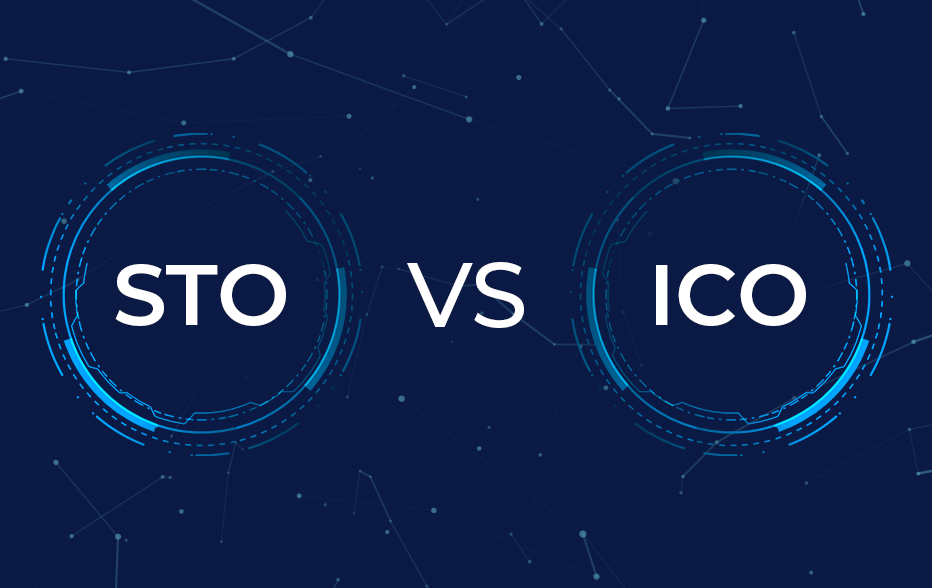What are Tokenized Gold Tokens?
Meta description: Tokenized gold tokens are a representation of real-world gold on-chain; learn more about tokenized gold and how they work in this article

Investors can’t help but be drawn to tokenized gold, and it’s no surprise why. These digital assets offer the stability and security of gold, making them a safe asset in the volatile crypto market. With a market cap of over $1.1 billion and a 24H trading volume of more than $33 million today, they’ve certainly caught the attention of several investors.
This article covers tokenized gold, how it works, and how safe it is. We have also included the top tokenized gold projects to watch out for in 2024 as a bonus.
What is Tokenized Gold?
Tokenized gold is a digital token that stores the ownership rights to physical gold bullion or bars on a blockchain. Each tokenized gold token represents a specific quantity of physical gold held in reserve by a custodian.
Unlike gold ETFs, with tokenized gold, you directly own the gold; you’re not buying shares in a fund or an underlying asset. Tokenized gold was created to allow investors to easily buy, sell, and transfer gold securely on-chain.
The tokenization of gold offers greater accessibility, liquidity, and transparency for individual and institutional investors. It also makes fractional ownership (partial ownership of assets) easier for investors.

Difference between Tokenized Gold and Gold ETFs
Before tokenized gold, there were earlier digital representations of gold in the form of gold ETFs. The major difference between tokenized and digital gold lies in the ownership of the physical gold.
Tokenized gold offers you more direct ownership; with tokenized gold tokens, you own the gold. While gold ETFs represent a share in a fund that holds the physical gold (indirect ownership). With these, you don’t actually own the gold.
How does Gold Tokenization Work?
Typically, tokenization involves representing real-world assets, such as real estate, stocks, commodities, or artwork, as digital tokens that can be traded, transferred, and stored on a blockchain network. It is simply converting the rights to a physical asset as a digital token on a blockchain.
The gold tokenization process involves minting digital tokens on a blockchain to represent a share of Gold Bars that are typically stored in a vault by the custodian. The process usually begins with a trusted party (the custodian) acquiring Gold and storing it in a physical vault.
The custodian, usually the issuer, ensures the authenticity, purity, and security of the gold bars or bullion and is in charge of storing the physical gold. Once the gold is securely stored, it is minted as an RWA (Real World Asset) token on a blockchain, each representing a specific quantity of gold. For example, one token might represent one ounce or gram.

Once issued, these tokens can be traded and transferred on a blockchain. As for redemption, most issuers offer a redemption option, allowing token holders to exchange their digital tokens for physical gold.
Is Tokenized Gold Safe?
Gold is considered by many as a safe haven even during economic downturns, so tokenized gold is expected to maintain this property. According to a spokesperson for Tether Gold:
“People see gold as a way to pass on and preserve their wealth from generation to generation. Tether Gold holders seek these intrinsic benefits of the metal as a store of value and other highly desirable features that come from tokenization.”
However, tokenized gold is not without some risks, including custody risks, redemption limitations, and regulatory concerns. Since the safekeeping of the gold depends on a third party, custody risks are a concern. Regulatory concerns are another thing: How legally binding are the on-chain legal rights?
Tokenized gold Issuers address these concerns by ensuring complete regulatory compliance, including AML and KYC, to prevent illegal transactions. Most custodians also conduct regular audits and attestations of the gold reserves to provide transparency and reassurance to token holders.
What Are the Leading Tokenized Gold Projects?
Many crypto exchanges offer tokenized gold trading pairs, allowing investors to buy and sell tokenized gold using cryptocurrencies such as Bitcoin (BTC), Ethereum (ETH), or stablecoins like Tether (USDT). For example, the HSBC Gold Token allows retail investors in Hong Kong to buy tokenized Gold directly from their smartphones. Other examples of tokenized gold you can buy include:
- Tether Gold (XAUT): issued by Tether and backed by physical gold stored in a Swiss vault. Each XAUT token represents ownership of one troy ounce of gold.
- Paxos Gold (PAXG): issued by Paxos Trust Company, each PAXG token represents ownership of one fine troy ounce of gold held in Brink’s vaults.
- Kinesis Gold (KAU): issued by Kinesis, 1 Kinesis gold(KAU) equals one gram of physical gold bullion.
FAQs
- What does it mean to tokenize gold?
Tokenized gold digitizes ownership of physical gold by representing it as digital tokens on a blockchain. Each token represents ownership of a specific quantity of gold that is backed by physical reserves of gold stored in secure vaults.
- Is there a digital coin backed by gold?
Yes, digital coins backed by gold, known as tokenized Gold, include Tether Gold (XAUT), Paxos Gold (PAXG), and Digix Gold Token (DGX), among others. They provide a digital representation of gold, offering stability and security.
- Are tokenized gold tokens safe?
Yes, but this safety depends on several factors, like the issuing platform’s credibility, custodial arrangements, security measures/audits, and compliance with regulatory standards. Research the platform’s reputation, security measures, and regulatory compliance before investing in tokenized gold.
The INX Digital Company INC April 8, 2024
The INX Digital Company inc. is an expert in the field of finance, crypto and digital securities.





